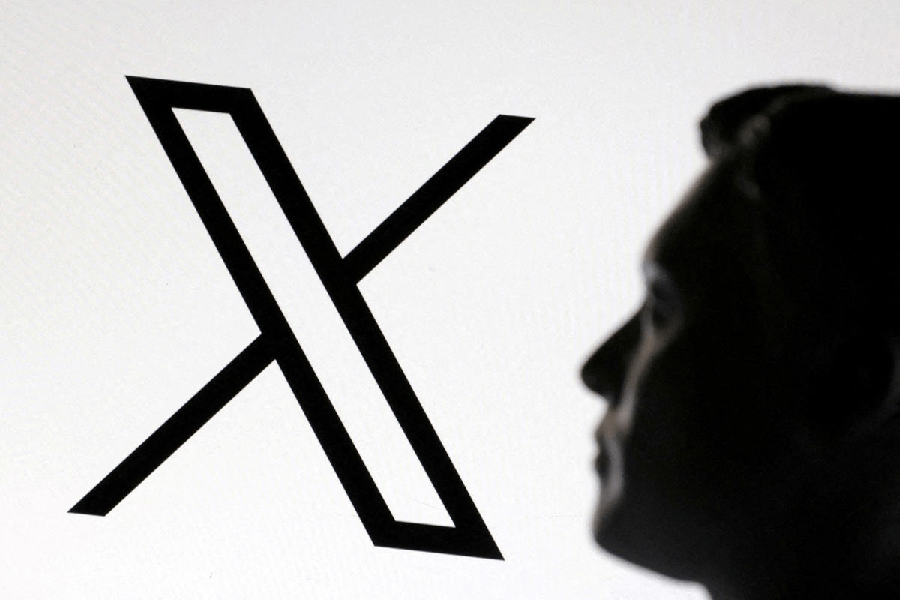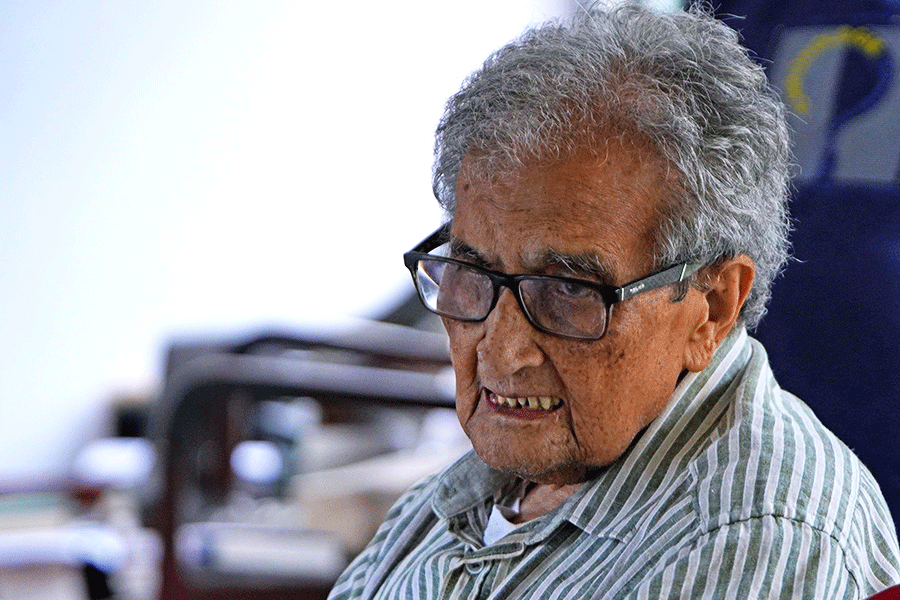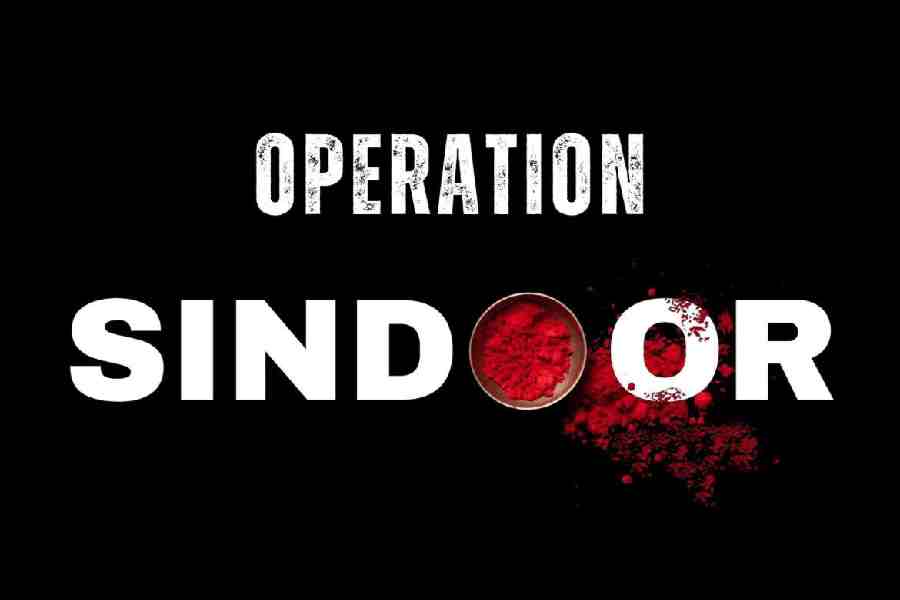 |
| Radhika Nagpal with a swarm of kilobots |
New Delhi, Aug. 14: Drawing on insect behaviour for inspiration, researchers led by an Indian-origin computer scientist at Harvard University have produced a swarm of 1,024 robots that displays collective intelligence to organise itself as directed into complex 2D shapes.
The thousand-robot swarm, developed by Radhika Nagpal and her colleagues, is the largest demonstration yet of collective intelligence in laboratory robots and represents the latest in efforts to mimic observations from the biological world to build a new generation of robots.
The researchers coaxed 1,024 identical tiny robots --- named kilobots --- to self-assemble into various shapes such as the letter K, a starfish, and even a wrench. Their work is described in a research paper that will appear in the US journal Science on Friday.
Swarm intelligence had until now been demonstrated only with groups of less than 100 robots.
“The idea is to emulate a collective --- like a large flock of birds or a large colony of ants or a large tissue of cells,” Nagpal, a professor of computer science at Harvard University, told The Telegraph.
“Each bird, ant or cell has only a limited vision of what is happening in the group but information is passed on between peers to create coherent behaviour.”
The kilobot swarm in her laboratory is intended to be a test-bed to help scientists understand how to programme collective behaviour.
“But the applications can be broad,” said Nagpal, who grew up in Amritsar and completed her Class XII in the city before pursuing undergraduate studies at the Massachusetts Institute of Technology.
“We can test ideas relating to how large groups of robots could coordinate in environmental clean-up, exploration, or even traffic --- in the form of self-driven cars --- wherever someone wants to deploy large numbers of automated mobile entities,” she said.
When directed to assume a specific shape, four robots in the swarm are assigned coordinates to serve as reference points, while all the other robots receive a 2D image they need to collectively mimic.
“The robots are not receiving any commands for coordination from the controller -- every robot makes its own decisions based on what it can sense nearby and what it can gather from communication with only its nearby neighbours,” said Michael Rubenstein, a research associate at the Harvard School of Engineering and Applied Sciences and lead author of the paper.
Collective behaviour can allow groups to accomplish feats that individuals cannot. Colonies of army ants, for instance, at times organise themselves into bridges to pass through difficult terrain, providing security for the queen and the brood.
But in the wake of fictional portrayals of destructive swarm intelligence --- such as in Michael Crichton’s novel Prey featuring self-organising nano-robots that begin to kill humans ---- even the researchers concede there is a need to advance with caution.
“We need to think carefully about the design of behaviour --- what kind of behaviour is easy to control and which ones are easy to get confused or have complex emergent behaviours,” said Nagpal, who has read Prey.
But, she said, the world is already riddled with large collective systems such as computer networks, the Internet, and cellphone networks.
“These are all things programmed by us,” Nagpal said. “So it’s really going to be about our own integrity that we use these systems, whether it’s the Internet or robots, for good.”
The challenges in scaling up collective intelligence to a thousand-robot system involved correcting errors not typically encountered in systems with a smaller number of robots and designing algorithms to ensure coordinated behaviour by each kilobot.
The kilobots correct their own mistakes while arranging themselves into various 2D shapes.
“This is a striking demonstration of how a thousand small robots that know only a few rules to interact with their neighbours can be coaxed to assemble themselves into arbitrary pre-specified shapes,” said Sitabhra Sinha, professor of physics at the Institute of Mathematical Sciences, Chennai, who was not associated with the Harvard work but specialises in complex systems.
“While there is still a long way to go before we may have self-constructing robots, this work increases the scope of complexity that a large number of simple machines can achieve by working together. Imagine the potential applications of thousands of micro-robots flowing in our bloodstream and aggregating themselves into different shapes to achieve repair and maintenance tasks.”
Rubenstein envisions an era when small robots could be used to build useful structures.
“You could have millions of sand-grain-sized robots and command them to form a tool like the wrench,” he said.
“They would attach together to form the wrench without any human intervention, and when the job is done, they could recycle into a new shape. But I would say this is beyond 10 years from now.”
The release from Harvard University said: “If a traffic jam forms or a robot moves off course --- errors that become much more common in a large group --- nearby robots sense the problem and fix it.”
The kilobot, originally created by Nagpal and her colleagues, are available as open-source technology for non-commercial use. Harvard has licensed the kilobots to K-Team, a company that manufactures small mobile robots.










